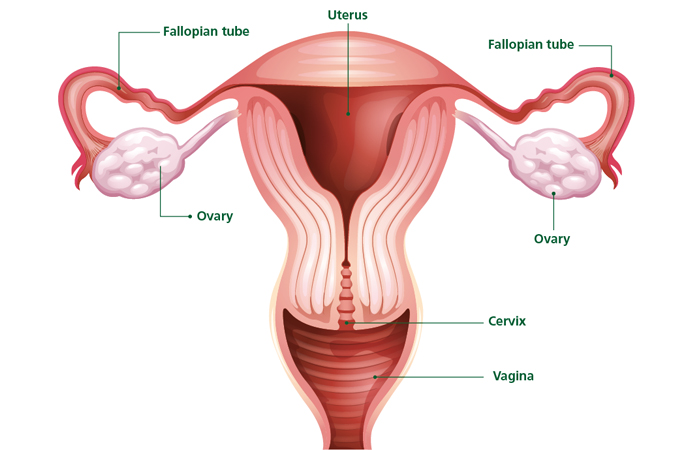The vagina is a tube of muscle that runs from the vaginal opening to the cervix (the lower part of the uterus). It is designed to keep itself clean, moist and protected from infection with natural secretions (discharge) produced by the cervix. The colour and consistency of these secretions can vary, partly as a result of hormonal changes, which occur during the menstrual cycle, pregnancy and the menopause. However, sometimes changes in these secretions can be caused by an infection.

A healthy vagina is home to a wide variety of bacteria, including lactobacilli. These help to maintain the ideal pH of around 3.8-4.5 and protect the vagina from other potentially harmful bacteria. If the balance of bacteria is disturbed, or there is a change to vaginal pH, it can result in infection. These changes can be caused by the menopause, having a period, taking antibiotics, using an intrauterine contraceptive device or washing the area with strongly perfumed or harsh soaps.
Oestrogen is a hormone that is mainly produced by the ovaries. It has a role in vaginal lubrication. During the menopause, oestrogen levels fall, as do the secretions that act as a natural lubricant, and this can result in vaginal dryness. However, it is not just women going through the menopause who might be affected by dryness – it is also associated with certain medicines (e.g. contraceptives, chemotherapy and antidepressants), diabetes, tampon use, vaginal douching and breastfeeding.
